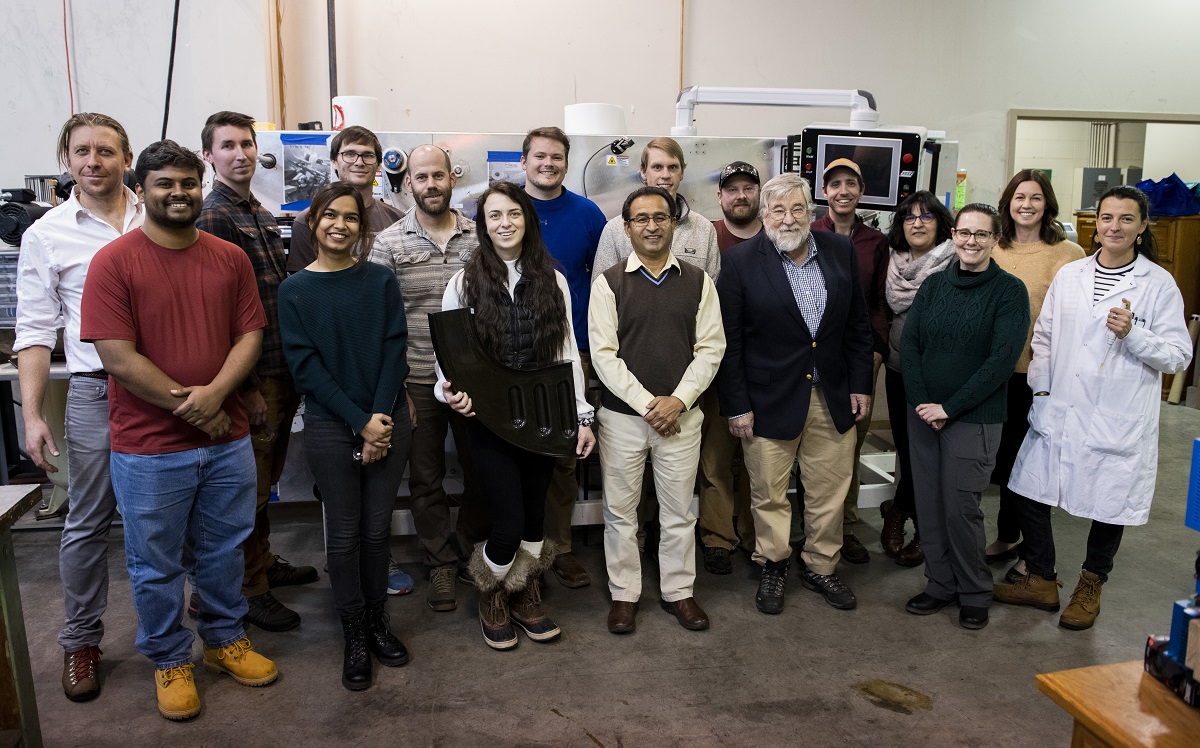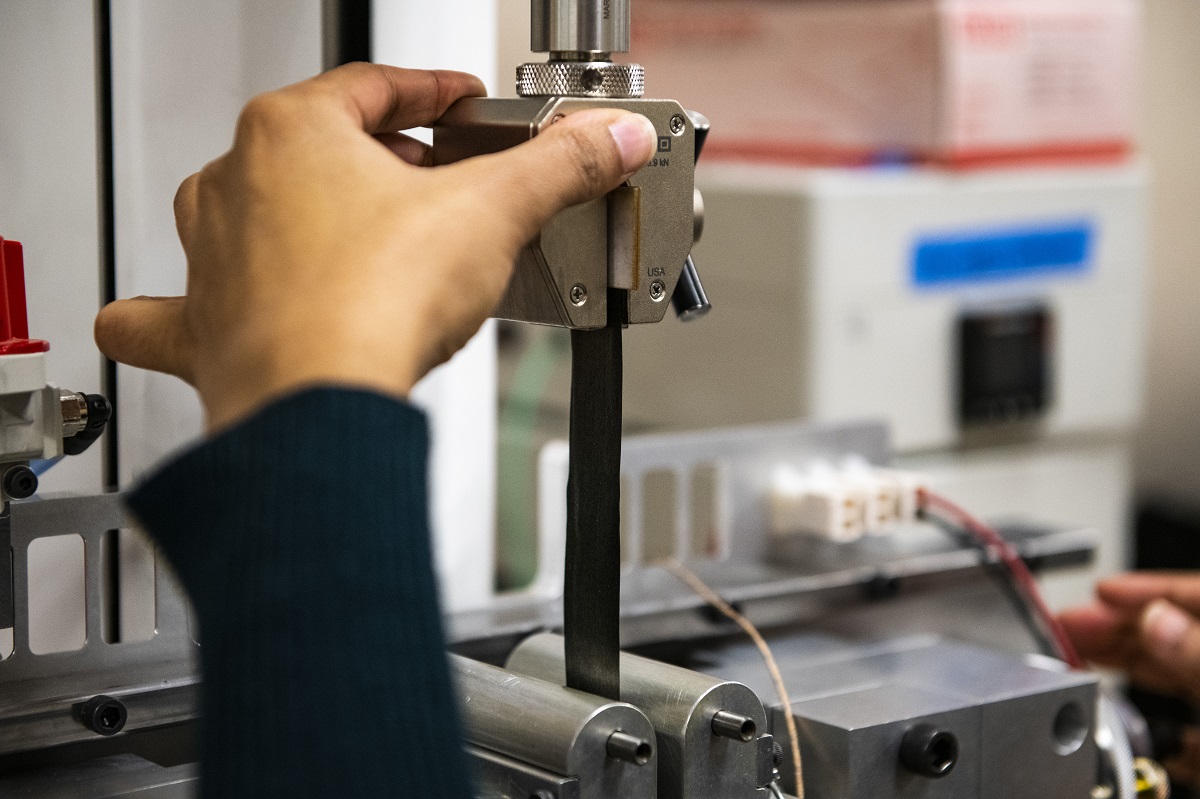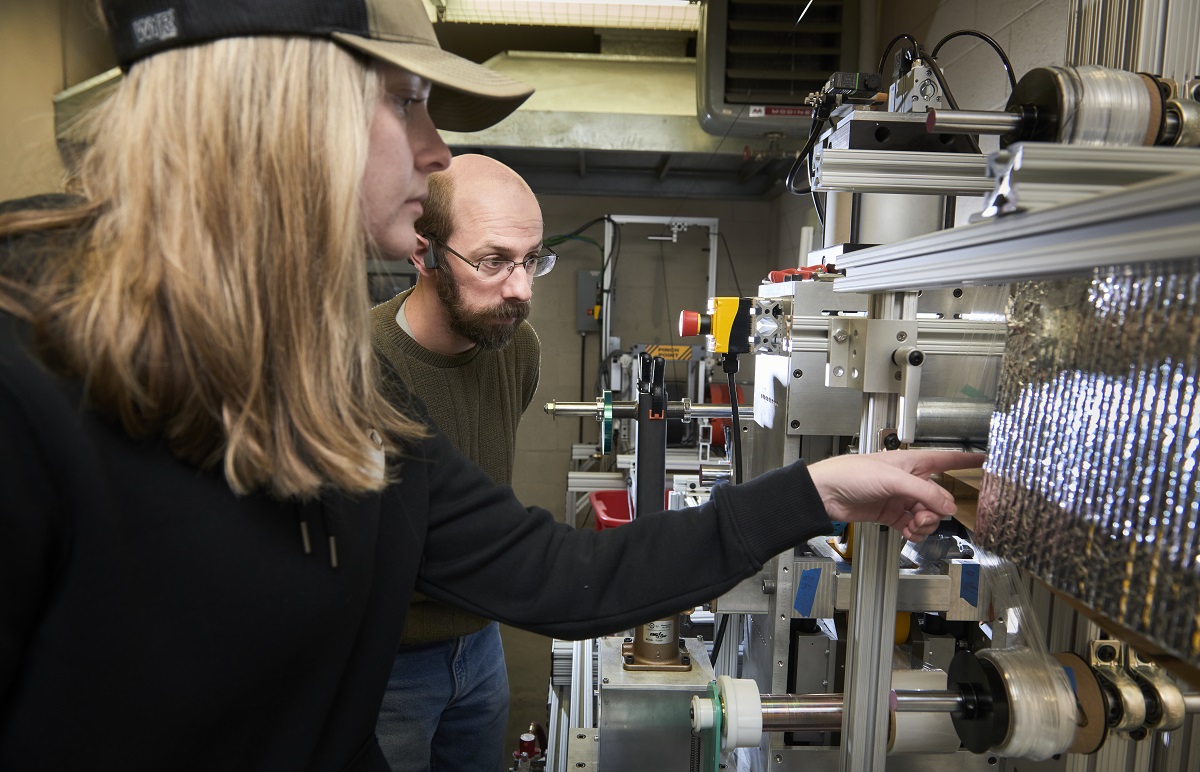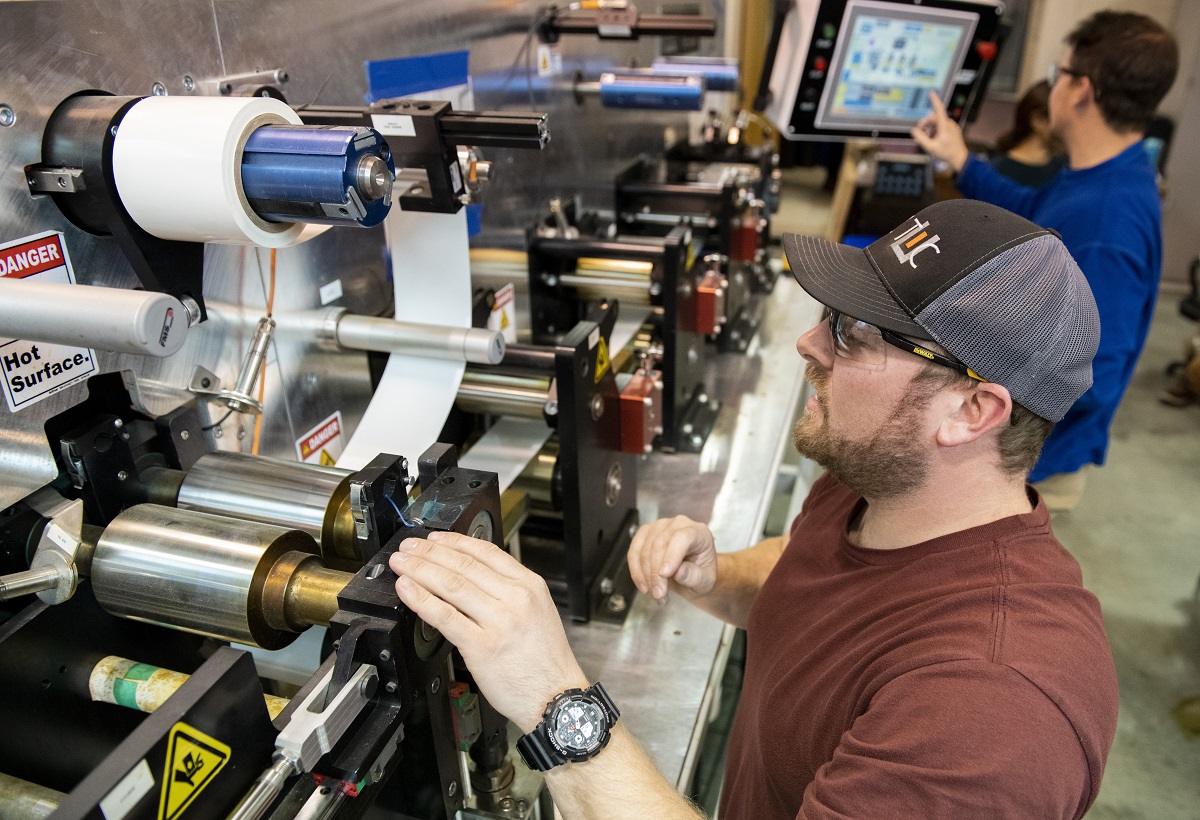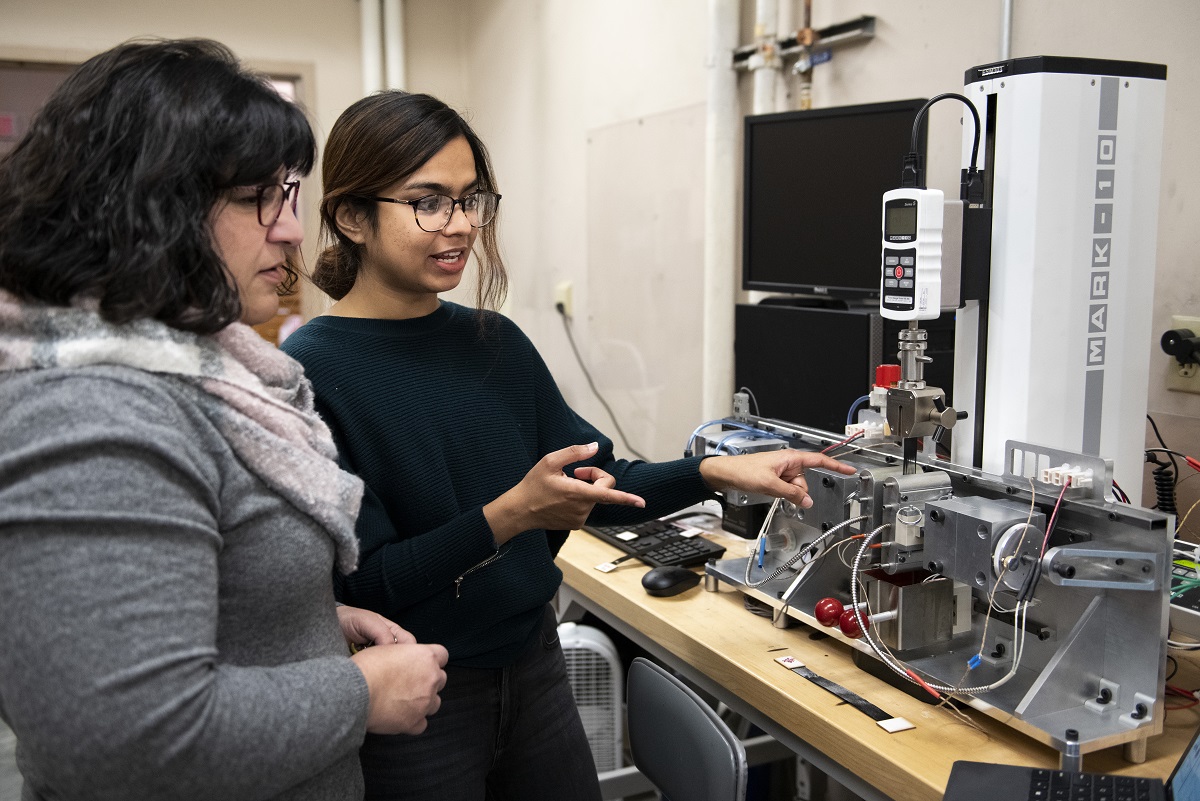Program Objective
The Stretch Broken Carbon Fiber for Primary Aircraft Structures (SBCF-PAS) Program is a $25.6 million dollar program sponsored by the U.S. Army Combat Capabilities Development Command Aviation & Missile Center. The Government objective is to further advance lower cost and more efficient manufacture of complex shaped fiber-reinforced composites for Future Vertical Lift (FVL) and other military aircraft. This research and development is to understand and overcome challenges to manufacture of primary aircraft structure using stretch-broken carbon fiber (SBCF). The subject project will also demonstrate the benefit of the developed process through fabrication and testing of relevant structure. The results will be used to design the next generation of more-efficient structure, saving weight and enabling improved maneuverability, and fuel efficiency.
Background
The U.S. Army Combat Capabilities Development Command Aviation & Missile Center (DEVCOM) has been researching the capabilities of carbon fiber technology over the past eight years. In 2010, DEVCOM, under contract W911W6-10-D-0006, researched a process for manufacturing for three classes of aerospace structures: beaded skins, beams and tubes (to include stretch-broken carbon fibers). In 2012, DEVCOM subsequently contracted to identify, design, fabricate and test structural components relevant to Army rotorcraft with high fracture toughness. This effort included stretch-broken carbon fiber in conjunction with thermoplastic resin systems.
SBCF is a material appropriate for construction of composite structure. Stretch-breaking processes raw continuous fiber by fracturing the mono- filament, ideally at weak points, while keeping the segments aligned. Conceptually, these filaments are free to slide along the fiber axis of tows. This allows a SBCF tow to form over a curve more easily than a continuous carbon fiber tow. When cured, SBCF mechanical properties are similar to continuous carbon fiber composite. SBCF can allow for using cheaper raw material and reduced labor, yet produce greater geometric complexity than conventional manufacturing. Designers using this material can then optimize to reduce the mass of aircraft structure, thereby improving aircraft performance.

